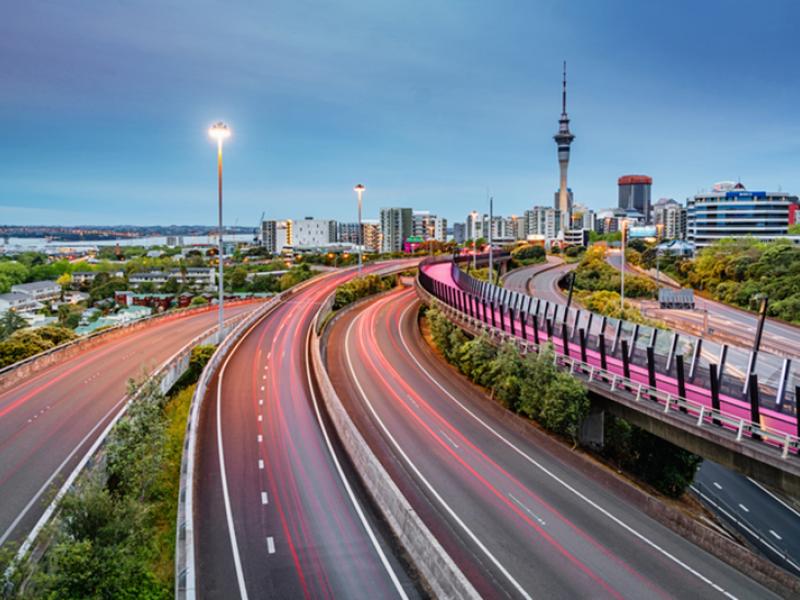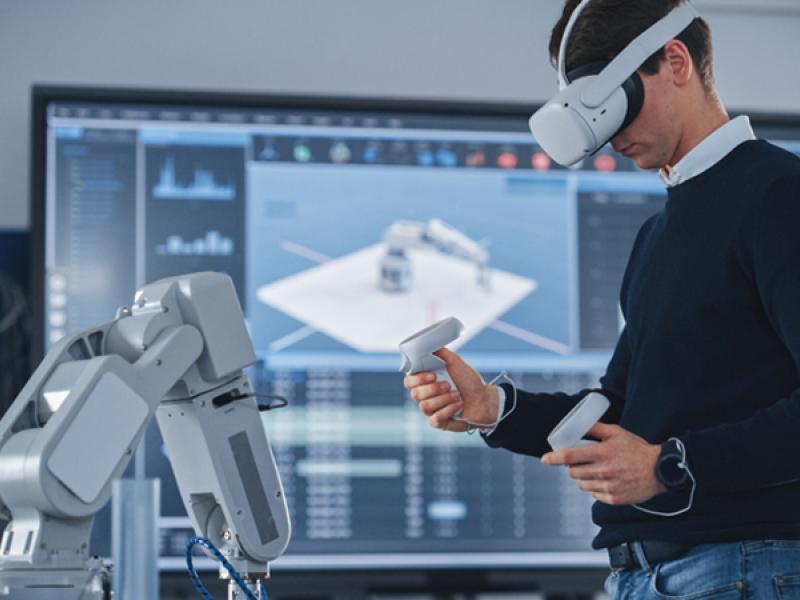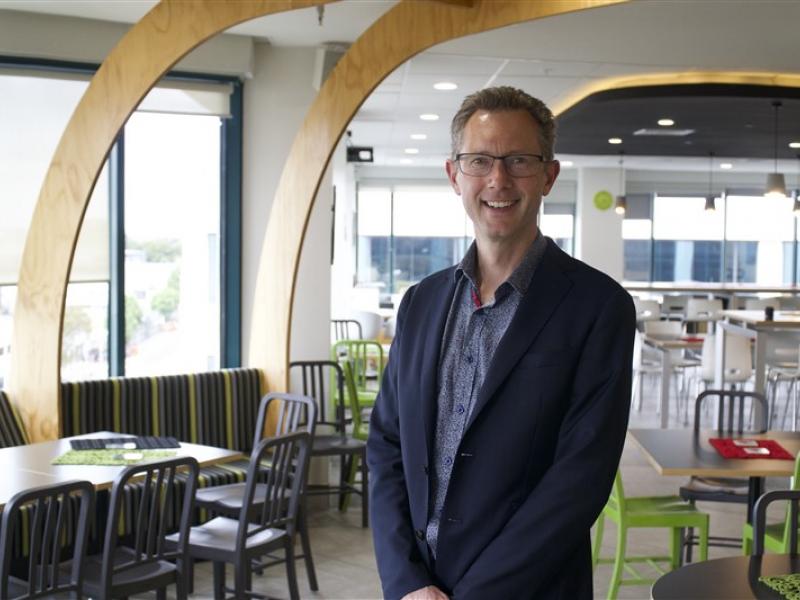For a company that has 40,000 units in use worldwide, Combilift is a brand that has flown a bit under the radar in New Zealand, but that could change with the opening of a new plant that will enable the manufacturer to double its output within the next five years.
The company was founded two decades ago by Martin McVicar and Robert Moffett who had already made a name for himself by designing the Moffett Mounty, a truck-mounted forklift.
There are two main product lines. The first is with Combilift’s roots in what is described as a unique range of forklifts, which were devloped when the company saw a need to have innovative rather than ‘me too’ products in a crowded market space. These started with the unique multidirectional C Series and now includes other models for sideloading and narrow aisle work. Rather than work in the standard forklift area Combilift has specialised around long loads, narrow aisle logistics and manufacturing applications – with the varied fleet in its own plant showing just how well they work in that environment. We will cover the range further in a future issue.
The second line is the straddle carriers. These were originally built for container handling at depots, where they provide an efficient way to load and unload containers and stack up to two-high. This range has now been developed for handling any long load with applications in moving structural steel, concrete beams and panels and such like. They find applications in manufacturing, bridge building as well as logistics. There are around 50 currently operating in New Zealand and we will also cover these in a future issue.
Over the years, the company expanded through several factories, so in 2015 it was decided to bring all the strands back together and build a new plant.
The new factory covers 46,500 sqm on a 100-acre site at a cost EUR50m. There are four production lines churning out a finished truck every 15 minutes. Combilift employs around 550 staff directly and another 250 in local suppliers – it only manufactures some key components inhouse, bringing many others in from subcontractors.
The factory is very close to the Northern Ireland border, across which around 60 staff live. Currently, the biggest indicator that you have crossed into the South is that the road signs change from kilometres to miles and the lines at the side of the road from yellow to white. Should Brexit go ahead and a hard border is put in place, staff will be affected.
Combilift exports 98 percent of its production to 85 countries and the new plant will enable it to double production. At the official opening, McVicar commented that the company’s strength is mass customisation; that is, having proven models but being willing and able to adapt to customer needs whilst still producing on a production line. This is aided by investing 7 percent of turnover in R&D.
Sustainability is also taken care of. The new plant now uses water-based paint, rainwater is harvested for jet washing and bathrooms, solar panels are on the roof and there is a 1 MW biomass plant fuelled by recycled wood from pallets and packaging from inwards goods.
With the new plant in operation and some interesting new products we can expect to see many more Combilifts in New Zealand.






